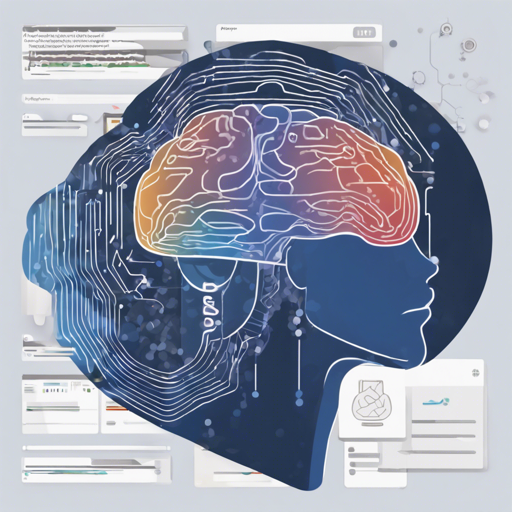Few-shot learning is an exciting field in machine learning that aims to create models capable of learning from very few examples. In this blog post, we will guide you through setting up a few-shot learning environment using Python 3.6 and PyTorch, along with performing experiments using different networks like Prototypical Networks, Matching Networks, and Model-Agnostic Meta-Learning (MAML).
Getting Started
To embark on this few-shot learning journey, you need to first set up your environment. Let’s break this down into manageable steps!
1. Setup Requirements
- Ensure you have Python 3.6 installed.
- Install the requirements listed in
requirements.txt. You can do this by using the following command:
pip install -r requirements.txt- It is preferable to install this in a virtual environment to maintain a clean workspace.
2. Prepare Your Data
Before diving into coding, you need datasets. We will work with the Omniglot and miniImageNet datasets. Follow these steps:
- Edit the
DATA_PATHvariable inconfig.pyto the location where you store the datasets. - Post downloading, your folder structure should look like this:
DATA_PATH/
│
├── Omniglot/
│ ├── images_background/
│ └── images_evaluation/
└── miniImageNet/
├── images_background/
└── images_evaluation/Downloading Datasets
Here’s where you get the datasets:
- Omniglot: Download from GitHub, place the extracted files into
DATA_PATH/Omniglot_Raw, and runscripts/prepare_omniglot.py. - miniImageNet: Download the files from Google Drive, place them in
data/miniImageNet/images, and runscripts/prepare_mini_imagenet.py.
3. Running Tests (Optional)
After adding the datasets, you can run tests to ensure everything is functioning correctly:
pytest4. Reproduce Results with Different Networks
This project allows you to utilize different models. Let’s explore one of them using an analogy for simplicity.
Understanding Networks using Analogies
Think of few-shot learning like training a new chef to master a specific dish. Instead of making them memorize every recipe, you provide a few samples to help them learn quickly.
In this analogy:
- Prototypical Networks: Imagine a chef has a collection of prototype dishes. They rely on these prototypes to create variations based on what they’ve learned from just a few ingredients.
- Matching Networks: The chef uses a tasting game where they compare their new dishes to previous ones—determining which one it resembles the most, creating delicious outcomes from just a few samples!
- Model-Agnostic Meta-Learning (MAML): Picture a chef that prepares meals from multiple cuisines with a few adjustments. They learn to adapt quickly to the style of dishes they’re asked to reproduce.
Troubleshooting Tips
While executing your few-shot learning projects, you might encounter some hurdles. Here’s a quick troubleshooting guide:
- Issue: Can’t find the dataset.
- Solution: Double-check the
DATA_PATH. Ensure you edited it correctly inconfig.py. - Issue: Errors during installation.
- Solution: Make sure you’re operating in a virtual environment, and all dependencies are listed in
requirements.txt. - Issue: Slow training times.
- Solution: Make sure you have a compatible GPU. Otherwise, the model training will escalate in time.
- For more insights, updates, or to collaborate on AI development projects, stay connected with fxis.ai.
At fxis.ai, we believe that such advancements are crucial for the future of AI, as they enable more comprehensive and effective solutions. Our team is continually exploring new methodologies to push the envelope in artificial intelligence, ensuring that our clients benefit from the latest technological innovations.

